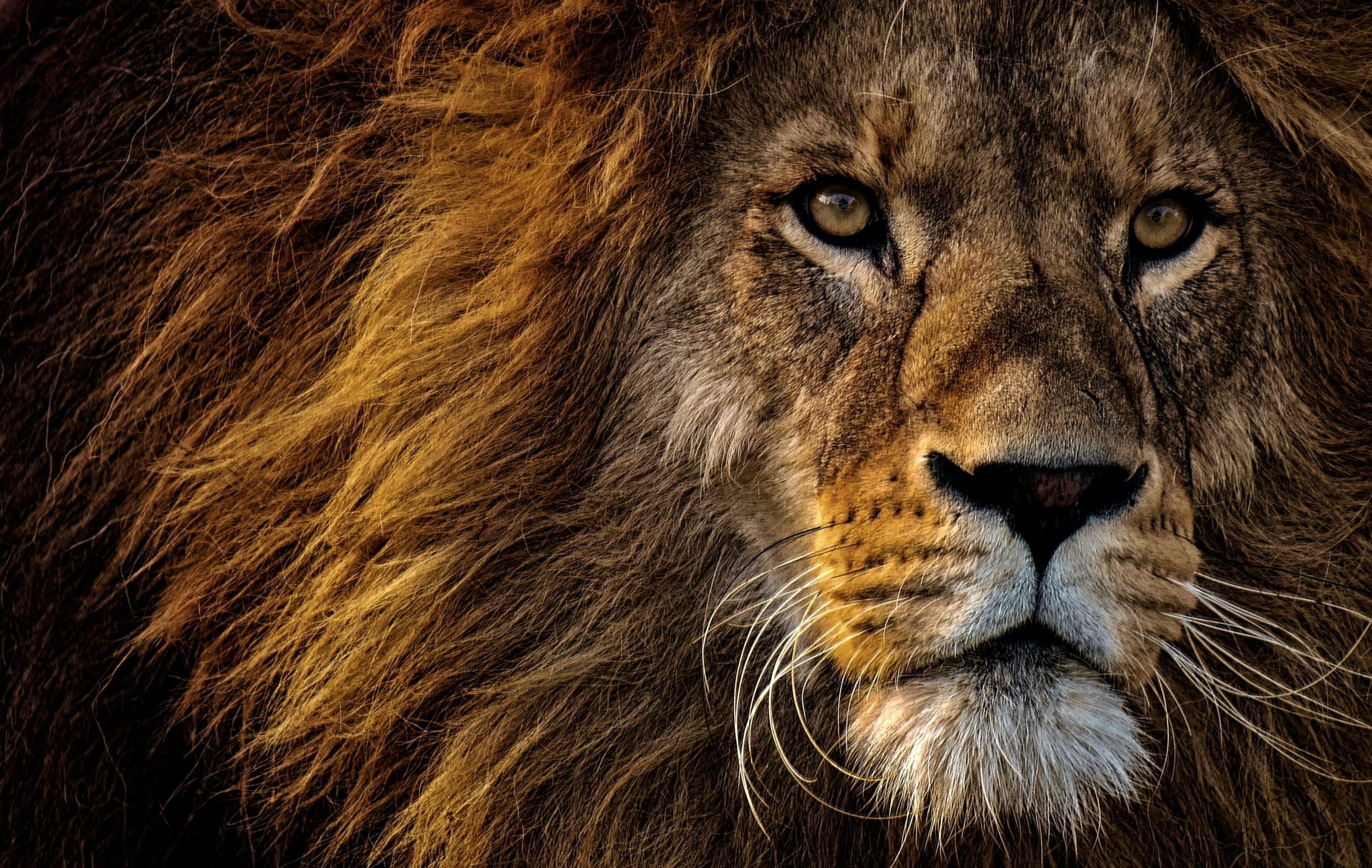Captivated lions: What is stereotypic behavior and how zoos avoid it? Pt1
As an animal lover, I frequently go to the zoo. Sometimes I see something quite strange and uncommon. Some animals abnormally repeat their moves many times purposelessly, like tigers wandering in and out through a cage and lions putting their heads up and down repeatedly. What is actually happening? Are they physically injured or anything??
Actually, this phenomenon is called the stereotypic behavior.“A stereotypic behavior is a term for a group of phenotypic behaviours that are repetitive, morphologically identical, and which possess no obvious goal or function.”[1] This kind of behavior is somewhat common among captive animals, like the animals in zoos. Consequently, stereotypic behavior is also called “ zoochosis”. So, what is the reason why stereotypic behavior is prevalent among captive animals?

Fig.1 Lion paces repetitively.
(https://missbeccyxoxo.blogspot.com/2012/02/management-review-carnivores-in-zoos.html)
One reason that’s relatively easy to understand is the lack of space. For wild animals, their habitats are expansive, allowing them the freedom to roam wherever they wish. (Of course, each species has its specific “niche,” so this is somewhat of an exaggeration for illustrative purposes.) In contrast, animals in zoos are confined to small enclosures for safety reasons and the convenience of visitors, who generally prefer smaller habitats as they offer better visibility of the animals.A typical male lion has a territory of moving range from 20 to 400 square kilometers [2], but a captive lion only has a moving space of about 200 to 1000 square meters. Smaller moving space restrains the normal activity for lions (and other captive animals, of course), causing psychological stress.
Another reason leading to stereotypic behaviors is the monotony of the environment. The lack of stimulants like climbing shelves, water sources, and toys may lead to boredom and, again, cause psychological stress.
One reason that is often overlooked is human interference. In a zoo, thousands of visitors come and go, observing the animals. People interact with them in varied ways, shaped by their individual backgrounds. Some people respect them and observe quietly, while others lack proper popularization of science about animals and make unpleasant noise, and even feed them. Animals that are sensitive to noise may be interfered with as their normal lifestyle is interrupted.
For lions, predators, being stared at by dozens of animals that they do not familiar with is strange and frustrating. Continuous staring may represent a threat and warning to them, causing them to be nervous and act abnormally.
These factors remind us of the proper relationship between animals and human beings. Indeed, humans make much effort to get to the top of the food chain, but it does not mean that humans can rule everything and ignore the natural rules. We do have the power to captivate animals, but we also need to respect them.
What are the other factors affecting the formation of stereotypic behaviors? And what are the possible ways of avoiding stereotypic behaviors? Stay tuned, and we will introduce them in the future!
Reference:
[1] Mason, G. (1993). “Age and context affect the stereotypies of caged
mink” (PDF). Behaviour. 127 (2): 191–229. doi:10.1163/156853993×00029
[2] Louw, T.-L. (2022). The African Lion: King of the African Bush. [online] African Bush Camps. Available at: https://africanbushcamps.com/african-lion/.
[3] Quirke, T., O’Riordan, R.M. and Zuur, A. (2012). Factors influencing the prevalence of stereotypical behaviour in captive cheetahs (Acinonyx jubatus). Applied Animal BehaviourScience,142(3-4),pp.189–197.doi:https://doi.org/10.1016/j.applanim.2012.09.007.
